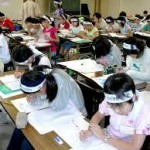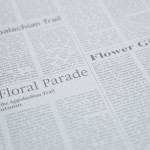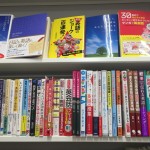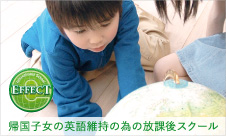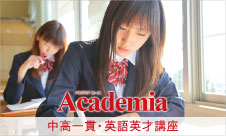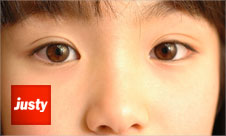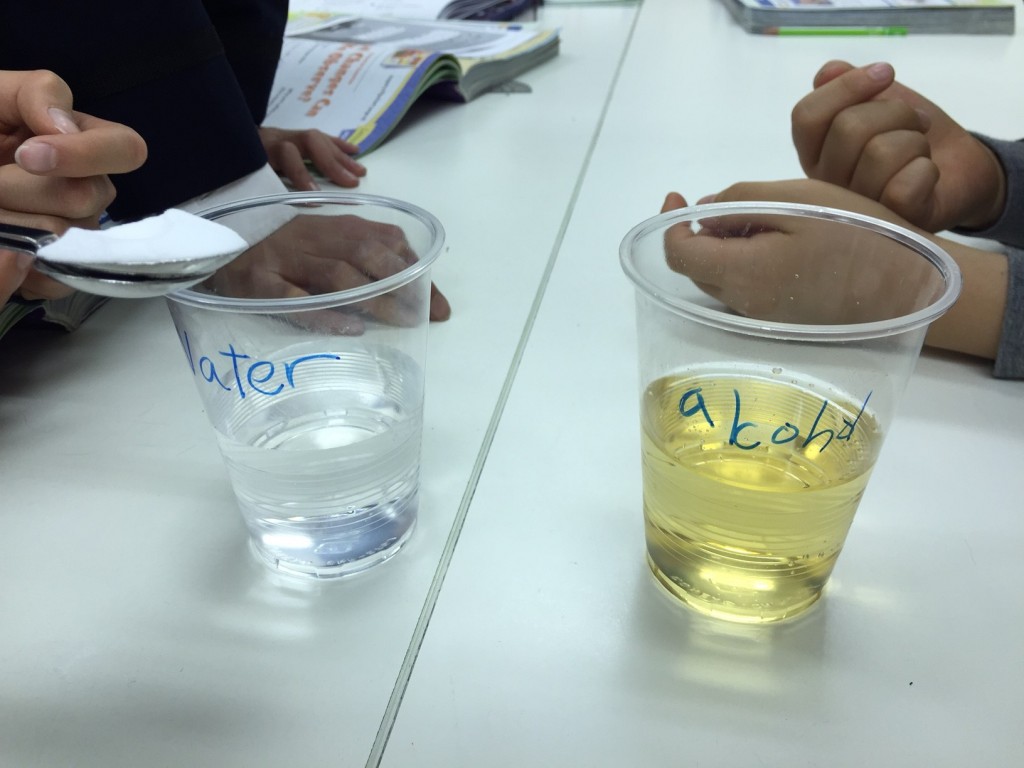
Science Experiments in Class
One of the most successful developments at Effect this academic year has been the decision to include experiments in the science classes. The experiments, which tie in with the Science Fusion series of textbooks, have added a fun new dimension to the lessons, and have proved popular with students.
The practical nature of these activities helps the children fully grasp the concepts being taught. Less scientifically-inclined children, who might otherwise struggle to comprehend some of the more advanced language and ideas introduced in this particular subject, are now able to fully understand their lessons, by learning through hands-on experience. The students have a lot of fun, and remain focused and engaged throughout the class. Consequently, the lessons taught become more memorable, and the concepts stick in students’ minds, enabling them to achieve higher scores in tests.
Experiments begin in Level 2 as straightforward exercises to demonstrate simple scientific concepts. These activities grow more advanced and ambitious in higher levels. In order for the reader to get a sense of the kind of practical exercises that are undertaken in a typical class, here are some examples of experiments conducted in each level:
Level 2: “What Dissolves in Water?” Putting different kinds of matter, such as salt and sugar, into both warm and cold water to see which matter dissolves fastest, and to find out whether the water’s temperature makes a difference.
Level 3: “How Can We Model Day and Night?” Making a model using clay, a ball, and a flashlight, to demonstrate what causes day and night.
Level 4: “How Can We Model Erosion?” Using ice cubes and clay to model what a glacier does to the land.
Level 5: “How Can You Tell When a New Substance Forms?” Learning about chemical change by observing what happens when steel wool gets wet.
Level 6: “How Does Sound Travel through Solids, Liquids, and Gases?” Various experiments to demonstrate how sound vibrations change as they travel through different types of matter.
In additional to these physical experiments, the teachers may also choose to use the classroom computers to conduct occasional “digital lab” experiments from the Science Fusion website. Children who are fond of computers enjoy these classes a great deal. The Digital Lab lessons allow us to perform simulations of experiments that would be too expensive, impractical, or time-consuming to actually conduct in the classroom.
If students want to explore the topics from their lessons further, they might like to replicate the classroom experiments at home, using household items and substances. They can change the variables from their class experiments, by using different materials in different quantities and for different lengths of time. This way, they can collect more detailed data and enhance their knowledge. In fact, certain experiments, such as monitoring the growth of plants, work much better at home, where students are unhindered by time constraints.
Although reading and writing about science remain the major components of classes, the experiments have been a welcome addition, and have helped balance the theoretical with the practical.

